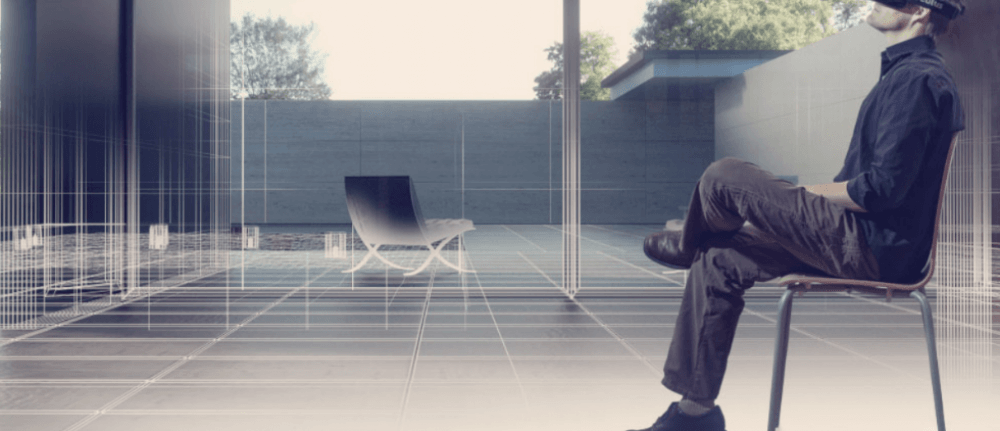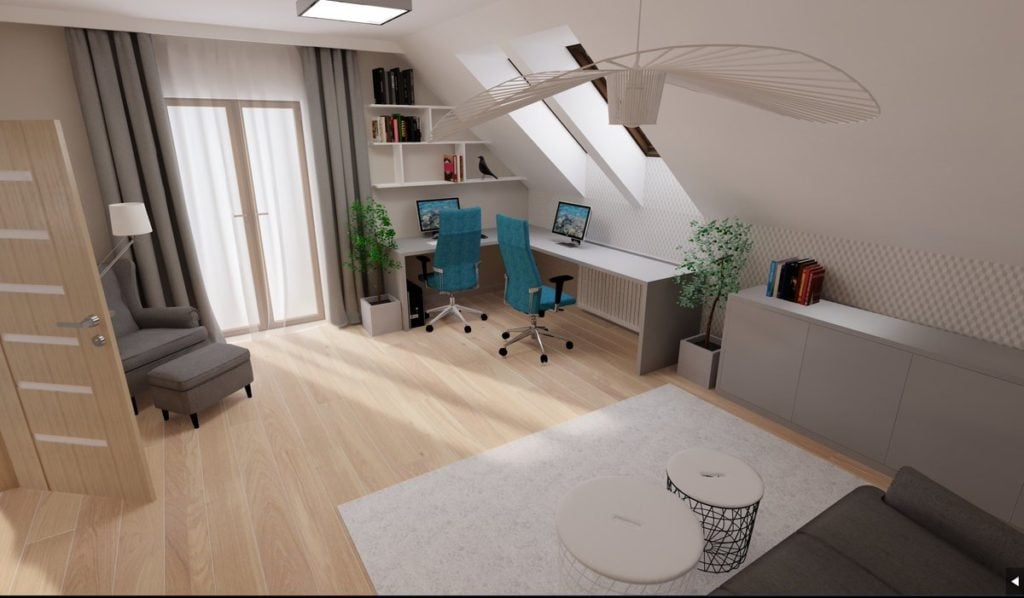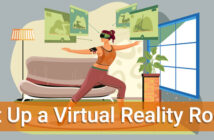A survey proves that Virtual Reality has arrived at the architectural office: More than half of respondents use or experiment with the technology to visualize projects.
In the entertainment sector, virtual reality is still hard. Things are different in the industry. Here, VR technology has been used for many years in the development and visualization of products.
With devices like HTC Vive and Oculus Rift, the technology has not only been improved but also more accessible and affordable than previous VR systems, allowing architects to use virtual reality more to visualize their designs. Additionally, Architects make use of virtual reality software like IrisVR, River or Shapespark, so VR is not only affordable and accessible, but also independent.
Virtual Reality is part of the daily grind

The survey was conducted with more than 5,700 architects and architectural firms from more than seventy countries, ranging from freelance professionals to smaller architectural office workers to thousands of employees worldwide. One of the focal points of the survey is the technology used, including cloud computing and virtual reality.
The result is clear: 28 per cent of respondents already use Virtual Reality for projects, while another 28 per cent experiment with the technology. Other twelve per cent want to use technology in 2019. Thus, it is 68 per cent – more than two-thirds – of the survey participants who want to use Virtual Reality in the New Year.
Greater acquisition in Larger Companies

Another poll suggests that VR Visualization is gradually becoming a part of work practice: 80% of respondents who already use Virtual Reality have used it for more than one project, 30% on more than five projects.
Large architecture firms with more than one hundred employees are making greater use of technology than smaller ones: 62% of these large companies are using virtual reality, 21% are still experimenting with it, and 5% are planning to use it for 2018. The majority of the offices that already use Virtual Reality, use it in more than five projects.
Virtual Reality software like Rivex seems to work very well for those purposes. The requirements for the solid working VR software is user-friendly usability, fast importing and of course realistic looking graphics.
The survey was conducted by Chaos Group, a Bulgarian company developing rendering technologies for 3D Programs. These are used for special effects in feature films and series as well as in design and architecture.



